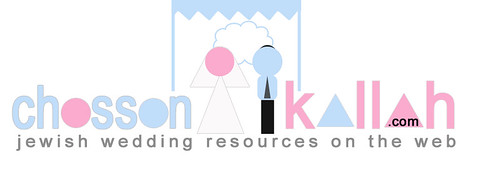
The Dance of Evolution, or How Art Got Its Start
If you have ever been to a Jewish wedding, you know that sooner or later the ominous notes of “Hava Nagila” will sound, and you will be expected to dance the hora. And if you don’t really know how to dance the hora, you will nevertheless be compelled to join hands with others, stumble around in a circle, give little kicks and pretend to enjoy yourself, all the while wondering if there’s a word in Yiddish that means “she who stares pathetically at the feet of others because she is still trying to figure out how to dance the hora.”
I am pleased and relieved to report that my flailing days are through. This month, in a freewheeling symposium at the University of Michigan on the evolutionary value of art and why we humans spend so much time at it, a number of the presenters supplemented their standard PowerPoint presentations with hands-on activities. Some members of the audience might have liked folding the origami boxes or scrawling messages on the floor, but for me the high point came when a neurobiologist taught us how to dance the hora. As we stepped together in klezmeric, well-schooled synchrony, I felt free and exhilarated. I felt competent and loved. I felt like calling my mother. I felt, it seems, just as a dancing body should.
____________________________________Many people don't know this, but the orthodox wedding dance music has also evolved and songs like Hava Nagilah are never played and are mainly associated with 'Neolithic', i.e. old country, traditional Judaism. Orthodox Jews have their own contemporary musicians whose music they prefer to the things their grandparents were listening to.
The Hora, however, is a dance that is danced at all Jewish weddings, albeit in a more modern, rhythmic kind of form.




No comments:
Post a Comment